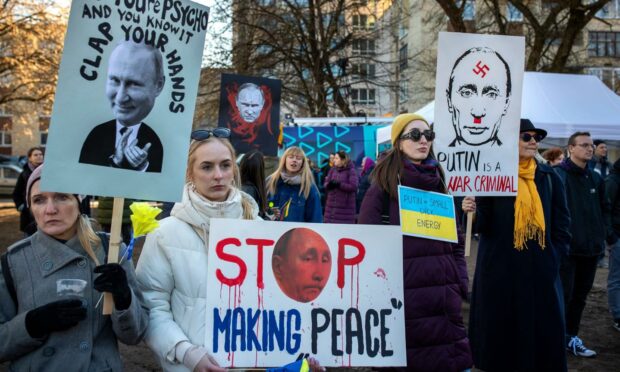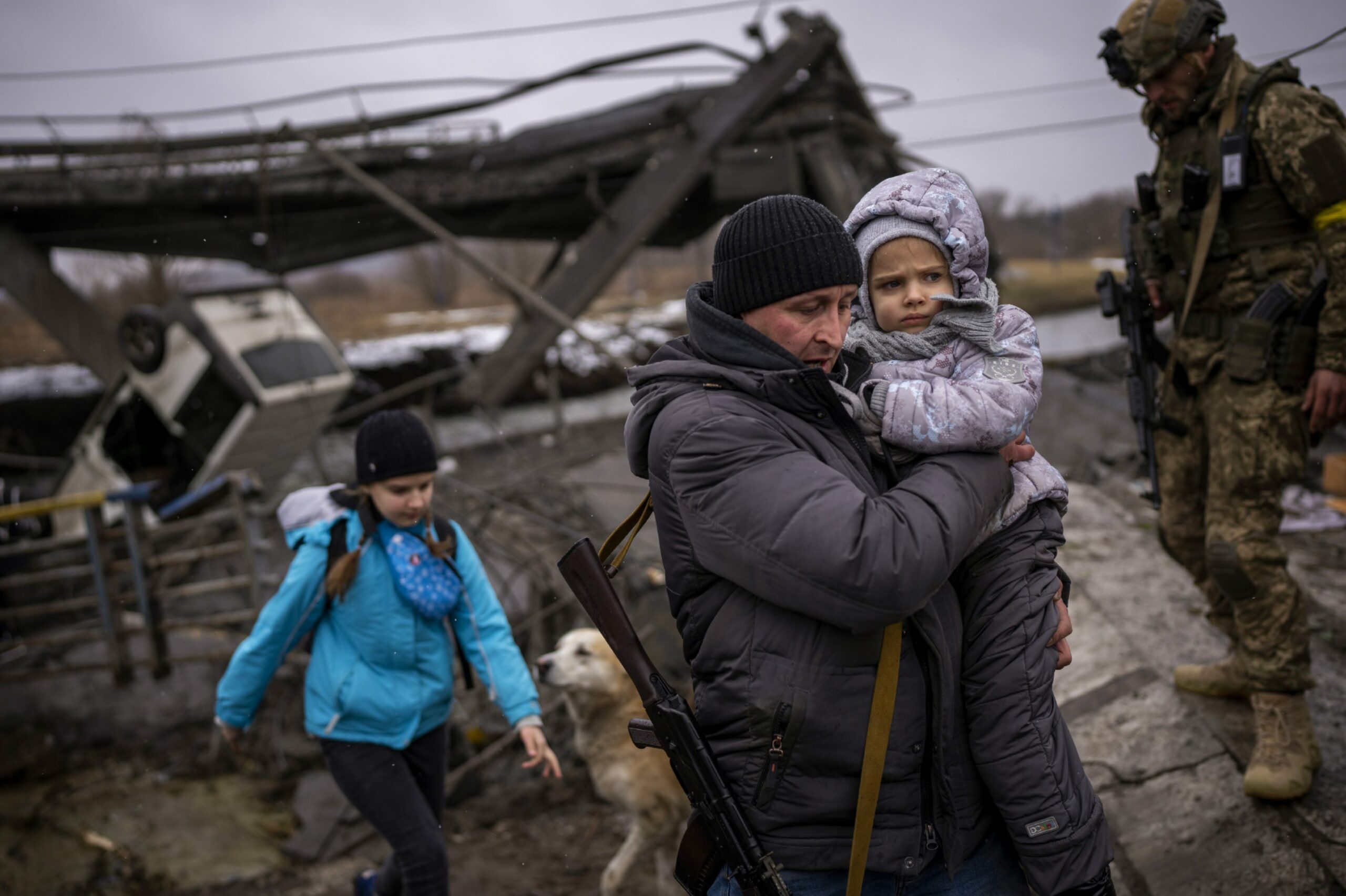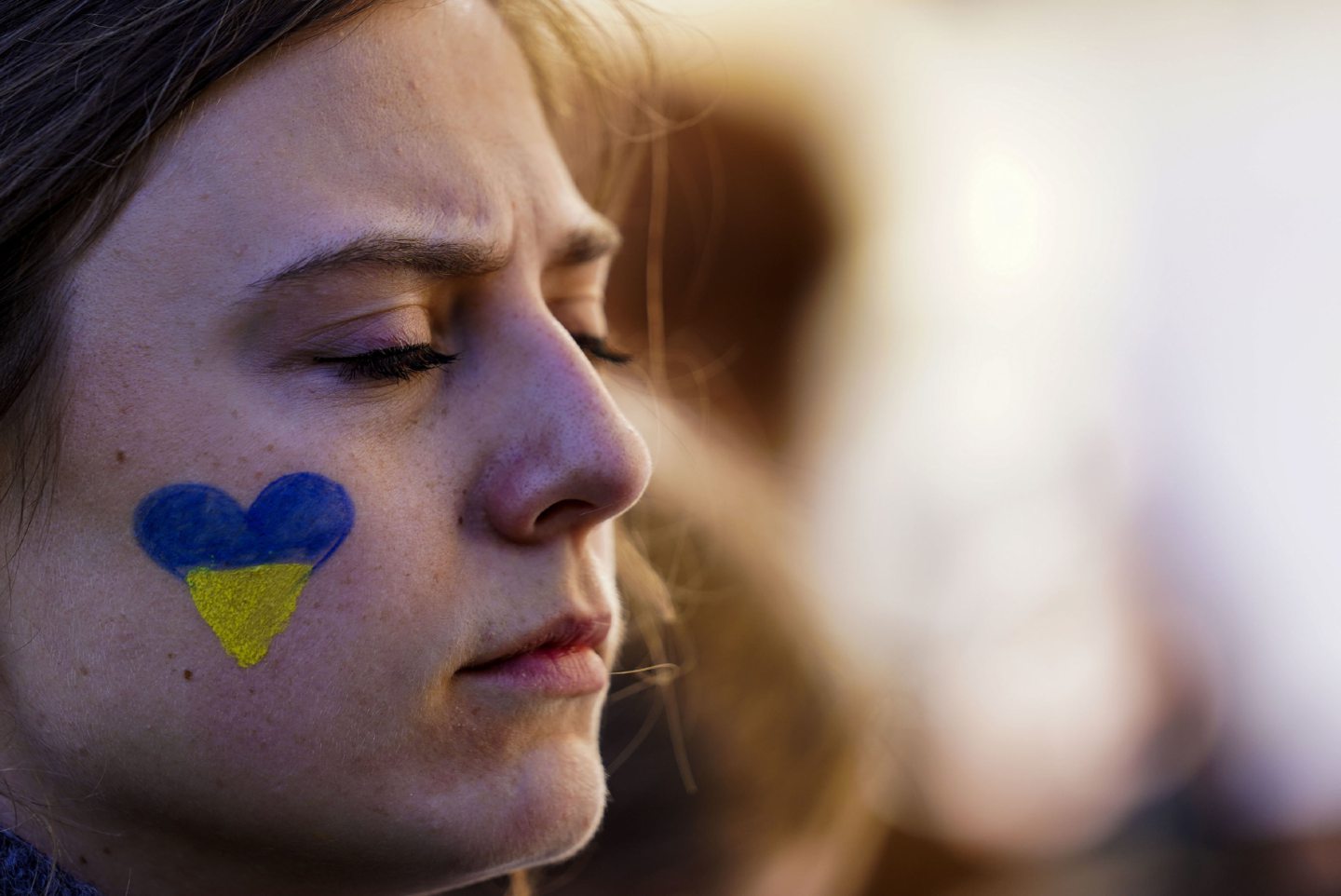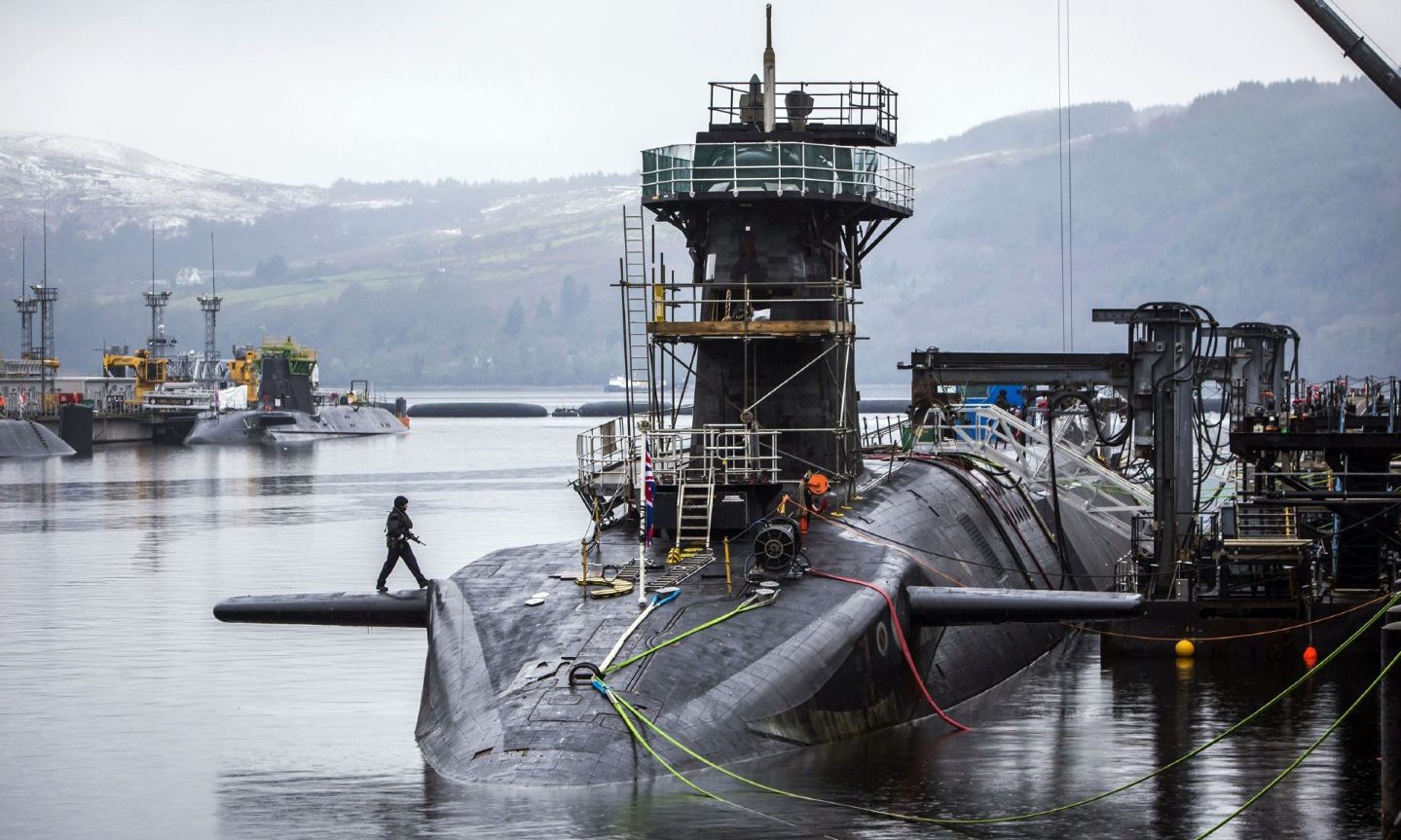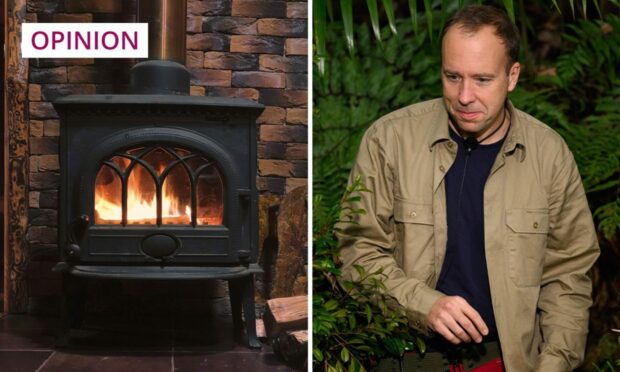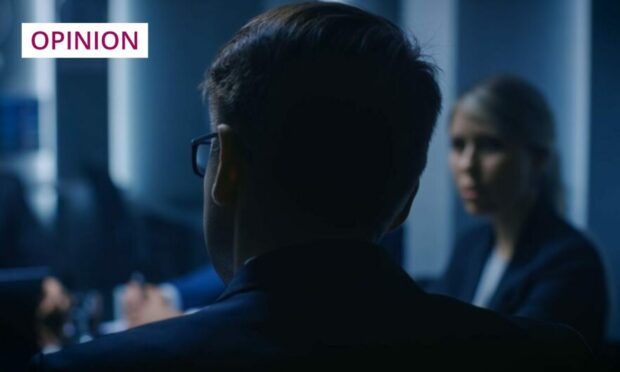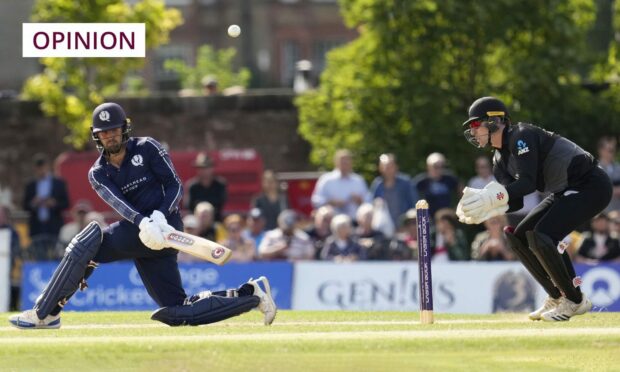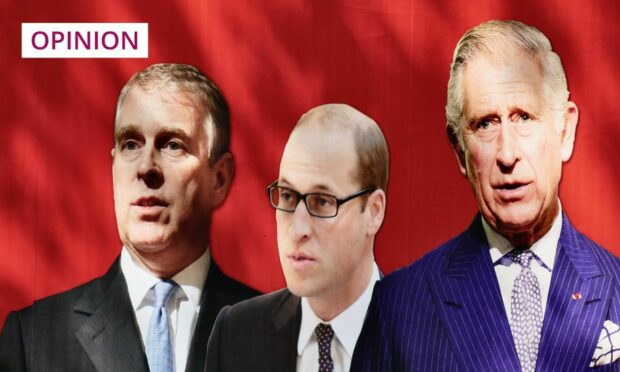There was a time in history when there was something gallant and chivalrous about “false flag” operations.
In stark contrast to Vladimir Putin trying to stitch up the Ukrainians as an excuse to invade.
In naval history, for example, warships sometimes disguised themselves as a “ruse de guerre” to hoodwink more powerful adversaries. This included literally flying a false flag.
But, before firing a shot, they were expected by international convention to run up their true colours to reveal their identity.
I suppose this is where the “true colours” phrase comes from and not Cyndi Lauper – even though her lyrics resonate tearfully in Ukraine today.
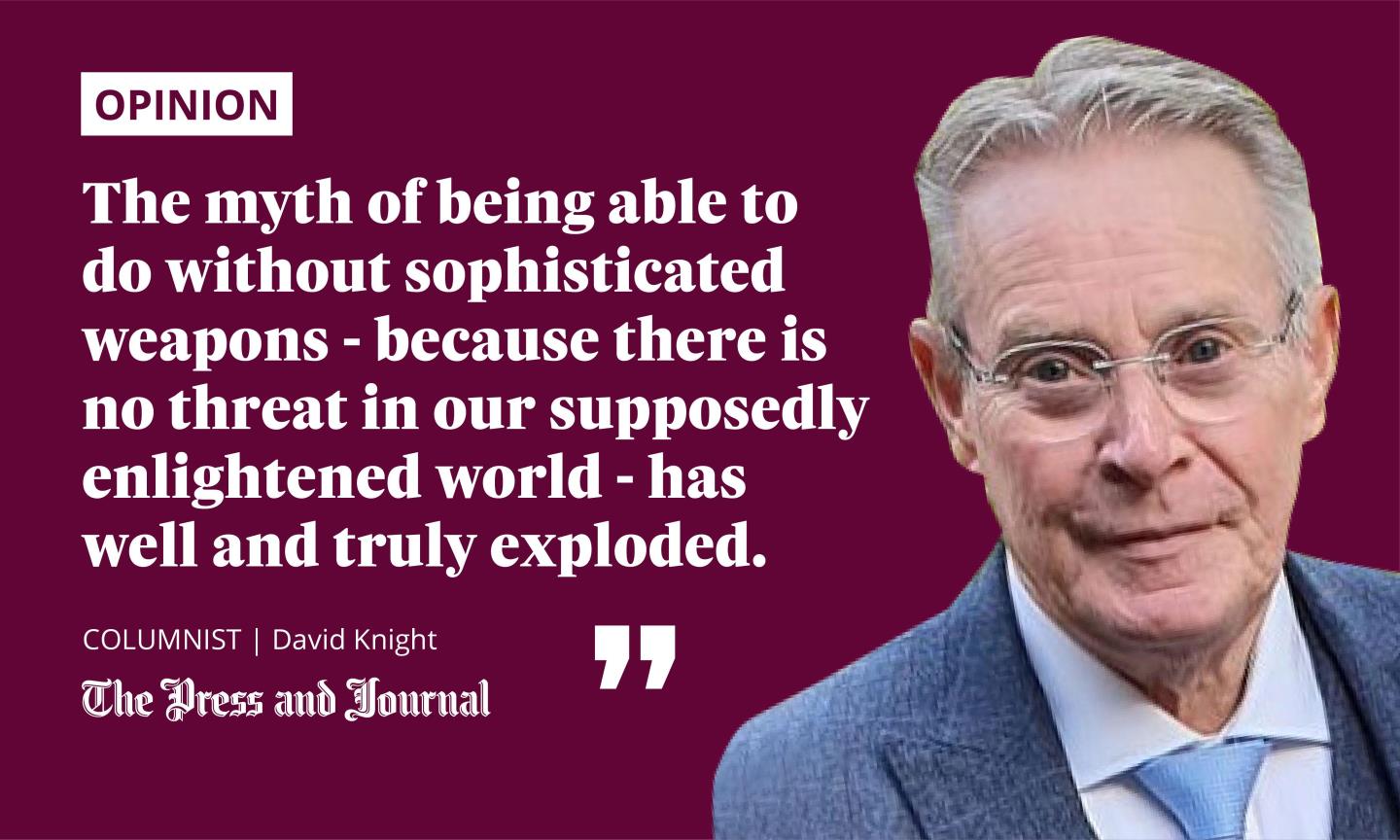
I remember Russell Crowe, as Captain Jack Aubrey, pulling off a similar trick in the Hollywood film Master and Commander: The Far Side of the World.
Based on Patrick O’Brian’s historically-authentic novels about Royal Navy battles in Nelson’s day, Aubrey used a false flag and other disguises to lure a more dangerous enemy ship into a trap.
As the crew was drummed into action, Aubrey threw off the camouflage and ran up his true Royal Navy fighting colours in a thrilling climax. It was a far cry from the dark origins of false flag lies and deception in medieval times.
In those days, the process was intended to falsely accuse a potential enemy to justify bloody reprisals; to paint them in the wrong colours, I suppose.
Echoes from the past are now deafening Ukraine
Let us never forget Putin orchestrated this overture as a prelude to his sickening, premeditated attack.
Listening to his pathetic ramblings about Ukrainian “saboteurs” and defending Russia reminded me of something. It sounded as though Putin had read Hitler’s speech to the German Reichstag on September 1 1939.
Hitler was hell-bent on restoring past glory, despite phoney ‘peace’ talks
The Nazi leader wove a web of deadly deceit. False claims of being forced to abandon peace efforts with Poland after “attacks by Polish saboteurs” and his desire to “defend the Reich”.
The Nazis invaded Poland immediately, and World War Two broke out.
A year earlier, Hitler annexed land in Czechoslovakia to supposedly “protect” German speakers in the region. He was hell-bent on restoring past glory, despite phoney “peace” talks.
Echoes from the past are now deafening us in Ukraine, where Putin triggered war and a humanitarian disaster in days.
In stark contrast to his chilling motives, it is worth noting in this context that it’s the 80th anniversary this month of a noble and dashing British false flag raid. This was diametrically opposite to Putin’s “special mission”, as its ultimate aim was to free Europe of tyranny against all the odds.
Hailed as one of the greatest commando raids of all time, the seaborne attack also left a Scottish place name imprinted on the Nazi psyche.
Remembering HMS Campbeltown
The raid on St Nazaire in occupied France took place on March 28 1942. They were dark days: the UK was the last European country left standing against a cruel and seemingly unbeatable Nazi war machine.
An old destroyer with a Highland name – HMS Campbeltown – was converted to look like a Nazi warship. The raiders bluffed their way past formidable defences with captured signal codes – while flying a false German “Kriegsmarine” ensign.
Packed with commandos, the ship’s crew almost reached the vital Nazi naval base before being rumbled. But, under terrible fire, they ran up their Royal Navy fighting ensign to replace the bogus German flag before pressing home their attack.
We are in awe of brave Ukrainians holding a torch for liberty and freedom against brutal invaders. The St Nazaire raiders were doing something similar, after the lights went out all over Europe.
Ukrainians deserve an official medal from the rest of the world.
The St Nazaire raiders earned almost 90 battle decorations, including an incredible five Victoria Crosses. Around 600 commandos and sailors departed, but only 200 returned after the mission.
Do we still need to defend against deluded dictators?
There is yet another inescapable lesson from Ukraine about history repeating itself.
Many – including the SNP – have banged the drum for getting rid of Scottish-based Trident missiles and other expensive defence spending
Leaders reacted with disbelief to a European invasion mirroring something from almost a century ago. But I was always uneasy about lowering our guard by reducing our military strength when parts of the world were still dominated by deluded dictators, terrorists and extreme nationalists whipping up centuries-old grievances.
The myth of being able to do without sophisticated weapons – because there is no threat in our supposedly enlightened world – has well and truly exploded.
Many – including the SNP – have banged the drum for getting rid of Scottish-based Trident missiles and other expensive defence spending.
As Nato countries stampede to spend more on weapons after Putin’s reign of terror, I suspect these drums will fall silent.
David Knight is the long-serving former deputy editor of The Press and Journal
